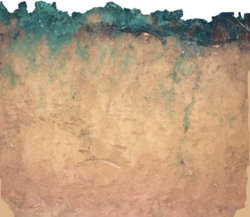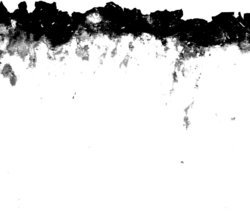annetalsma
New Member
- Messages
- 4
- Likes
- 2
First timer here, help would be much appreciated!
For my research I need to distinguish blue/black dye from dark brown (soil in this case). I use Photoshop CS5
This is an example of a photo after geometric distortion and the use of lasso tool:

Then I have adjusted contrast/brightness/hue/saturation with sometimes black/white option etc before using grayscale and I get this:

If you compare the second picture with the first you see that there are some dark brown parts also black/gray while I want them white or at least a totally different pixel number than blue and black. What can I change in my steps to make sure this doesn't happen, without changing the picture too much.
For my research I need to distinguish blue/black dye from dark brown (soil in this case). I use Photoshop CS5
This is an example of a photo after geometric distortion and the use of lasso tool:

Then I have adjusted contrast/brightness/hue/saturation with sometimes black/white option etc before using grayscale and I get this:

If you compare the second picture with the first you see that there are some dark brown parts also black/gray while I want them white or at least a totally different pixel number than blue and black. What can I change in my steps to make sure this doesn't happen, without changing the picture too much.



